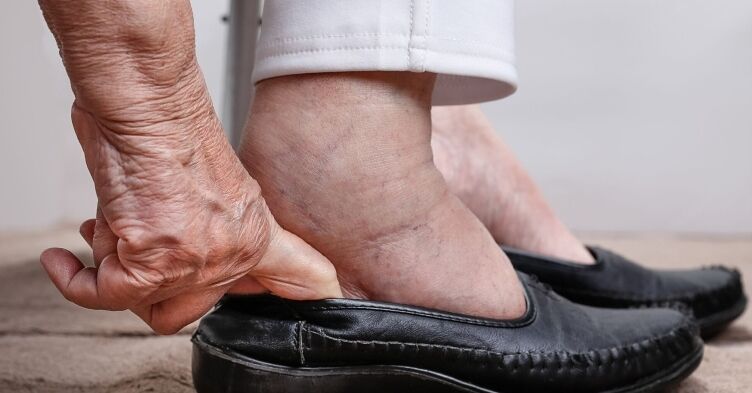Jo’s Cervical Cancer Trust explains how practice nurses can support trans men and/or non-binary people through the cervical screening process.
We know how much cervical screening – a test which prevents 75% of cervical cancer cases – has been impacted by the pandemic. In your practice it may have been much harder to provide your usual service, due to changing national or local guidance, on top of staff sickness or redeployment. For many patients, the pandemic has added an extra layer of difficulty to attending a cervical screening appointment. Yet, long before coronavirus, there were many groups who already faced significant challenges around cervical screening attendance – and one of those groups is trans men and/or non-binary people with a cervix.
For this group, the test might be harder for reasons related to their gender identity. However this can be on top of common barriers that affect the wider eligible screening population too. Here, we’re going to talk about the factors specific to this group.
Processes and disclosure
Invitation to cervical screening itself can be the first stumbling block. Only those registered as female with their GP are automatically invited by the call and recall system, meaning trans men and/or non-binary people with a cervix registered as male either have to request a test or be offered it. Disclosure of a trans or non-binary identity can be difficult. It can trigger distressing feelings or dysphoria within that person, in addition to the fear of potential repercussions – for example, transphobia or discrimination.
This requires practice nurses to engage with these individuals in an understanding and supportive way, and establishing a different process that works for your patient. Creating a safe environment throughout the practice, in which someone can feel open and honest, is crucial.
There’s something that everyone in the practice, clinical or non-clinical, can do to help. Here are our top tips for doing this:
· Avoid making assumptions about gender identity based on visual factors
· Offer alternative ways to disclose, such as writing it down, or having a trusted person speak on their behalf
· Be discreet and respectful. If you want to check whether someone is there for cervical screening, you could use phrases like “We have you booked in for a cervical screening appointment. Is that right?”
· Have a conversation about confidentiality, explaining that medical records are not discussed with anybody else
· Consider how you can make it clear your practice is an safe and inclusive environment (e.g. Rainbow lanyards, posters referencing LGBT+ inclusive healthcare)
Language matters
A positive experience at one healthcare appointment, such as cervical screening, can encourage positive health seeking behaviour in the future. Here, we’ve given you some simple language choices and tips you can use to help trans people feel included, understood and welcomed:
· Agree on the language you’ll use before the test starts – you can ask how they would like their body parts referred to
· Ask questions if you are unsure, such as ‘What is your gender?’ or ‘What pronouns should I use for you?’ Asking questions is a great way to show that you want to understand and recognise somebody’s gender identity, so don’t be afraid to do so.
· Listen to your patient, and mirror their language – ‘trans’ may be a necessary qualifier as to why someone needs cervical screening, but if someone refers to themselves as a ‘man’ then you can reflect this.
· Try not to make assumptions about things like who their sexual partners are, as trans people can have any sexual orientation just like anyone else.
· If you, or other staff in your practice don’t feel confident supporting trans and/or non-binary people, look to the LGBT Foundation’s ‘Pride in Practice’ programme which can help increase your knowledge and confidence of LGBT+ inclusion
Physical changes
If your patient is taking testosterone, there are some physical changes which may make cervical screening less comfortable. Vaginal atrophy is a common side effect which may make speculum insertion painful. Things which may help include:
· Offering a smaller speculum size
· Offering more lubrication
· Offering topical oestrogen, as a cream or a tablet, if it’s acceptable to your patient
It’s difficult to overstate the importance of the relationship established between sample taker and patient. Your actions and words could be the difference between someone feeling able to have their test and not. By taking these steps you will be supporting someone to have this important health test, as well as making it more likely that they will come back again.







